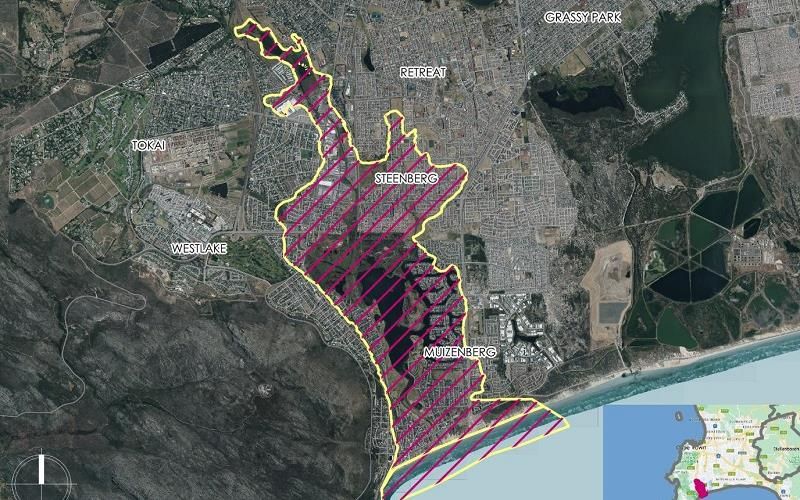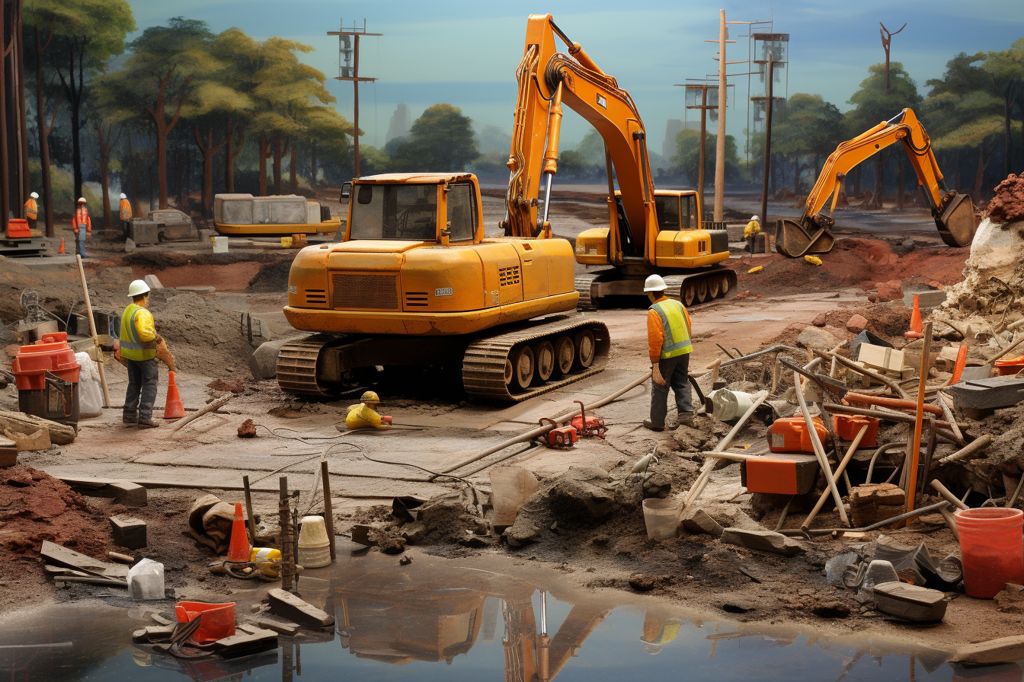Zandvlei Estuary in Cape Town is a unique ecological gem that spans an impressive 92km² catchment area. It is the last fully functional estuary within the False Bay region and boasts a vibrant history, diverse fauna, and various recreational activities that attract both locals and tourists. Despite these attractions, the estuary is constantly under threat from significant amounts of contaminated and low-quality runoff from the urban catchment. The City’s Environmental Management Department has recently unveiled a draft management plan for the estuary, open for public commentary until November 30, 2023.
A Unique Ecological Gem in Cape Town
Tucked away in the scenic False Bay coast of Muizenberg, the Zandvlei Estuary stands out as a distinct, ecologically vital, and culturally valuable treasure of Cape Town. Spanning an impressive 92km² catchment area, Zandvlei remains the last fully functional estuary within the False Bay region. Its appeal goes beyond its untouched beauty, as it boasts a vibrant history, diverse fauna, and various recreational activities that attract both locals and tourists.
The Zandvlei Estuary serves as a connection between the Zandvlei waterbody and the False Bay ocean, and has experienced considerable modification over the years due to urbanization in the neighboring suburbs of Constantia, Plumstead, Tokai, Retreat, and Muizenberg. Acknowledging the necessity for proper conservation and management of this natural resource, the City’s Environmental Management Department recently unveiled a draft management plan for the estuary, open for public commentary until November 30, 2023.
Stretching 2.5km in length and 0.5km wide at its broadest point, the estuarine system is nourished by three rivers – Keysers, Sand, and Westlake. Its history of adaptation and management goes back to the construction of the Simon’s Town railway line across the estuary in the 19th century, with further modifications occurring in the early 1970s. Nowadays, Zandvlei acts as a bustling recreational hub, with water-based activities like canoeing, yachting, paddle-boarding, and angling.
Threats and the Need for Conservation
Despite these attractions, the estuary’s true importance lies in its ecological role as an essential nursery area for marine fish species and a habitat for waterbirds, including waterfowl and waders. Regrettably, Zandvlei is constantly under threat from significant amounts of contaminated and low-quality runoff from the urban catchment.
Deputy Mayor and Mayoral Committee Member for Spatial Planning and Environment, Alderman Eddie Andrews, emphasized the significance of conserving and managing the estuary. He contends that with appropriate management, targeted remediation, and rehabilitation, it is feasible to reduce nutrient accumulation in the vlei, improve the estuary’s connection with the ocean, and restore the land and wetland areas surrounding it.
The updated Estuarine Management Plan (EMP) details short-, medium-, and long-term management priorities and actions to maintain the estuary’s ecological function, safeguard its critical biodiversity and urban infrastructure, and facilitate recreational and educational uses for the present and future populations. The primary challenges confronting the estuary include the quality of inflow from the catchment area and sewage spills resulting from infrastructure failure and load-shedding.
Key Actions and Public Involvement
Among the priority action items delineated in the updated plan are suggestions to dredge marine sediments from the lower channel, establish sewer pump station protocols to manage surcharge and failure incidents, install backup power for sewage pump stations in the catchment area, enforce residential, agricultural, and commercial compliance with the City’s stormwater bylaws, and monitor runoff from sources such as agricultural areas and golf courses.
Alderman Andrews urges residents, the local community, recreational users, businesses, and interested and affected parties to review the draft revised plan and submit comments, underlining the importance of public input in determining the future of the Zandvlei Estuary.
The preservation of the Zandvlei Estuary demonstrates Cape Town’s dedication to protecting its ecological, social, and economic resources, and the EMP acts as a strategic planning document to guarantee its continued vitality. With collaborative efforts from the government, engaged citizens, and environmental enthusiasts, the management plan aims to tackle the challenges and preserve the estuary for future generations.
With public participation in this crucial endeavor, the future of the Zandvlei Estuary remains optimistic. Through informed decision-making and a shared sense of responsibility, the Zandvlei Estuary can persist as an indispensable ecological, social, and recreational center in the heart of Cape Town.
The draft plan can be accessed on the City’s website: www.capetown.gov.za/haveyoursay. Don’t miss the opportunity to contribute to the ongoing discussion and help shape the future of this remarkable natural resource.
What is the Zandvlei Estuary in Cape Town?
The Zandvlei Estuary is a unique ecological gem in Cape Town that spans an impressive 92km² catchment area. It is the last fully functional estuary within the False Bay region and boasts a vibrant history, diverse fauna, and various recreational activities that attract both locals and tourists.
What is the significance of the Zandvlei Estuary?
The Zandvlei Estuary serves as an essential nursery area for marine fish species and a habitat for waterbirds, including waterfowl and waders. It is also a bustling recreational hub, with water-based activities like canoeing, yachting, paddle-boarding, and angling.
What are the threats to the Zandvlei Estuary?
The estuary is constantly under threat from significant amounts of contaminated and low-quality runoff from the urban catchment. The primary challenges confronting the estuary include the quality of inflow from the catchment area and sewage spills resulting from infrastructure failure and load-shedding.
Why is conservation necessary for the Zandvlei Estuary?
Proper conservation and management of this natural resource are necessary to maintain the estuary’s ecological function, safeguard its critical biodiversity and urban infrastructure, and facilitate recreational and educational uses for the present and future populations.
What is the Estuarine Management Plan (EMP)?
The updated Estuarine Management Plan (EMP) details short-, medium-, and long-term management priorities and actions to maintain the estuary’s ecological function, safeguard its critical biodiversity and urban infrastructure, and facilitate recreational and educational uses for the present and future populations.
What are the priority action items delineated in the updated plan?
Among the priority action items delineated in the updated plan are suggestions to dredge marine sediments from the lower channel, establish sewer pump station protocols to manage surcharge and failure incidents, install backup power for sewage pump stations in the catchment area, enforce residential, agricultural, and commercial compliance with the City’s stormwater bylaws, and monitor runoff from sources such as agricultural areas and golf courses.
What is the role of public involvement in the preservation of the Zandvlei Estuary?
Public input is crucial in determining the future of the Zandvlei Estuary. Alderman Andrews urges residents, the local community, recreational users, businesses, and interested and affected parties to review the draft revised plan and submit comments.
How can I access the draft management plan?
The draft plan can be accessed on the City’s website: www.capetown.gov.za/haveyoursay. Don’t miss the opportunity to contribute to the ongoing discussion and help shape the future of this remarkable natural resource.








